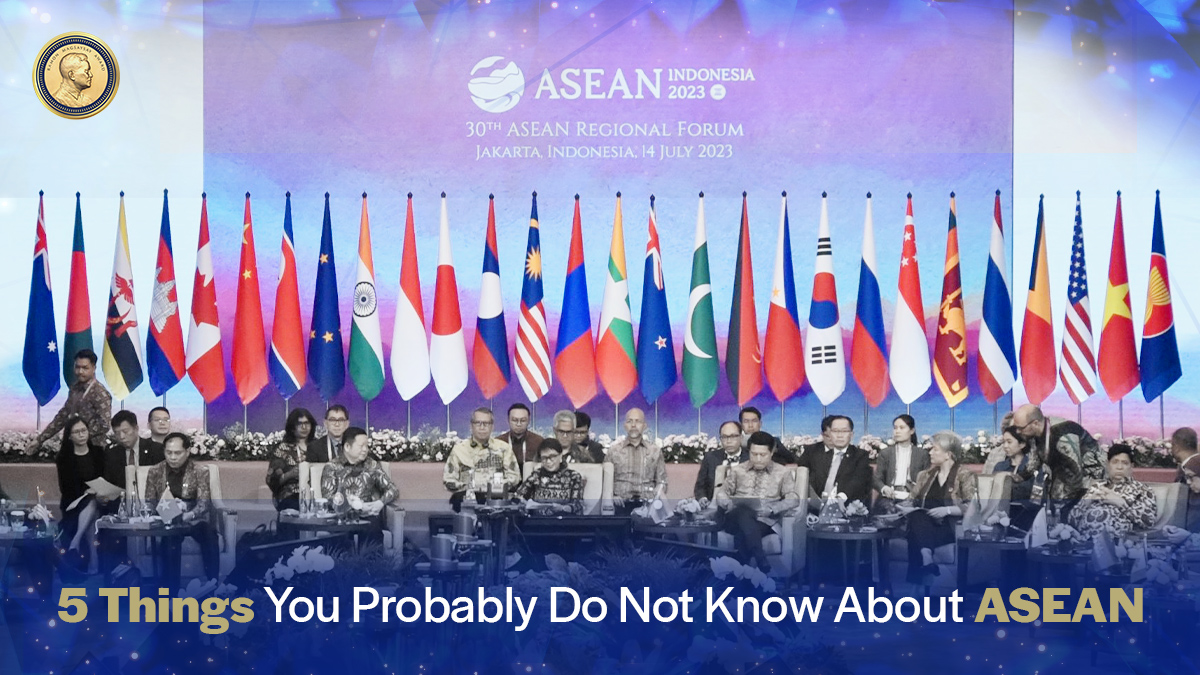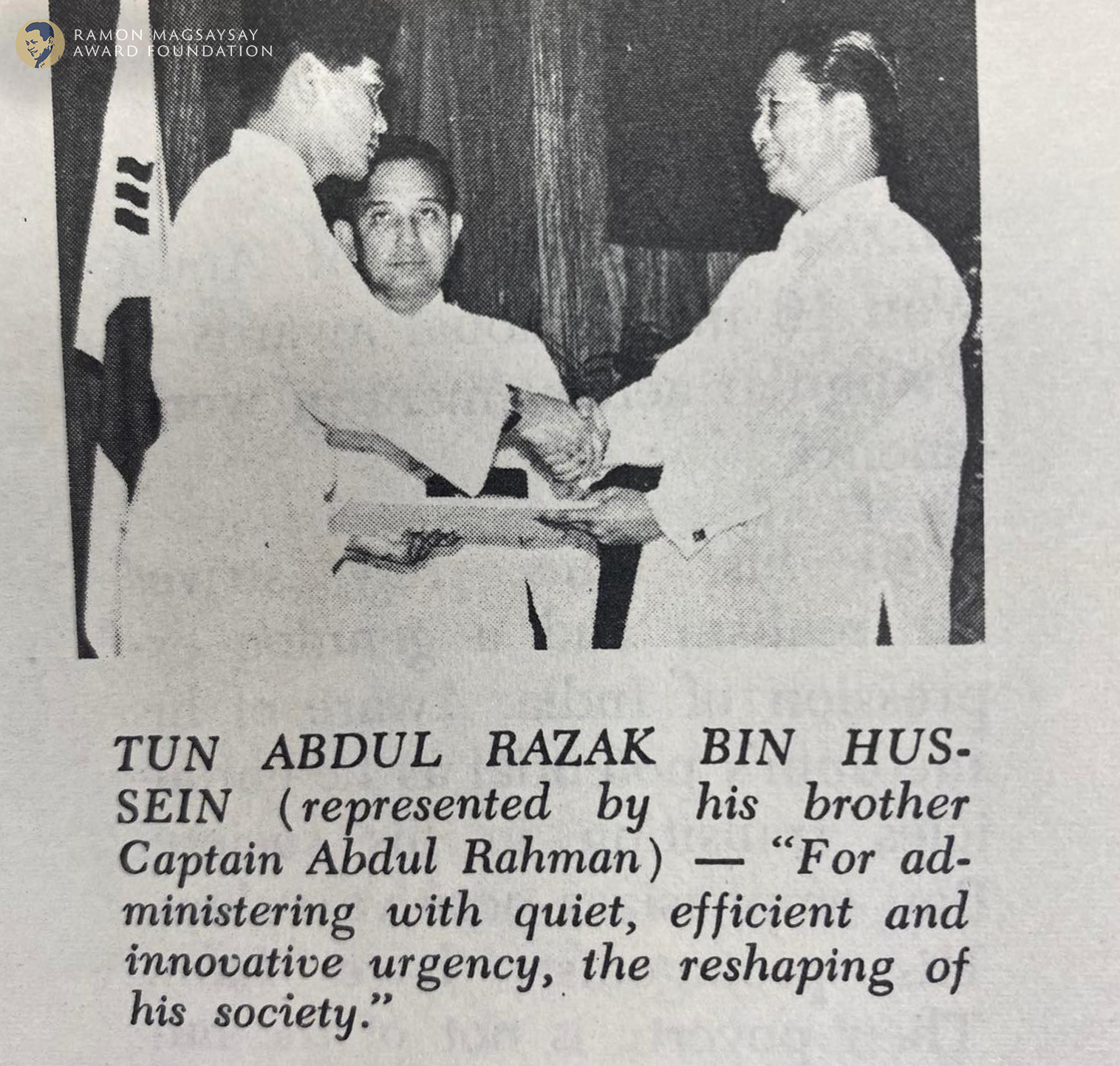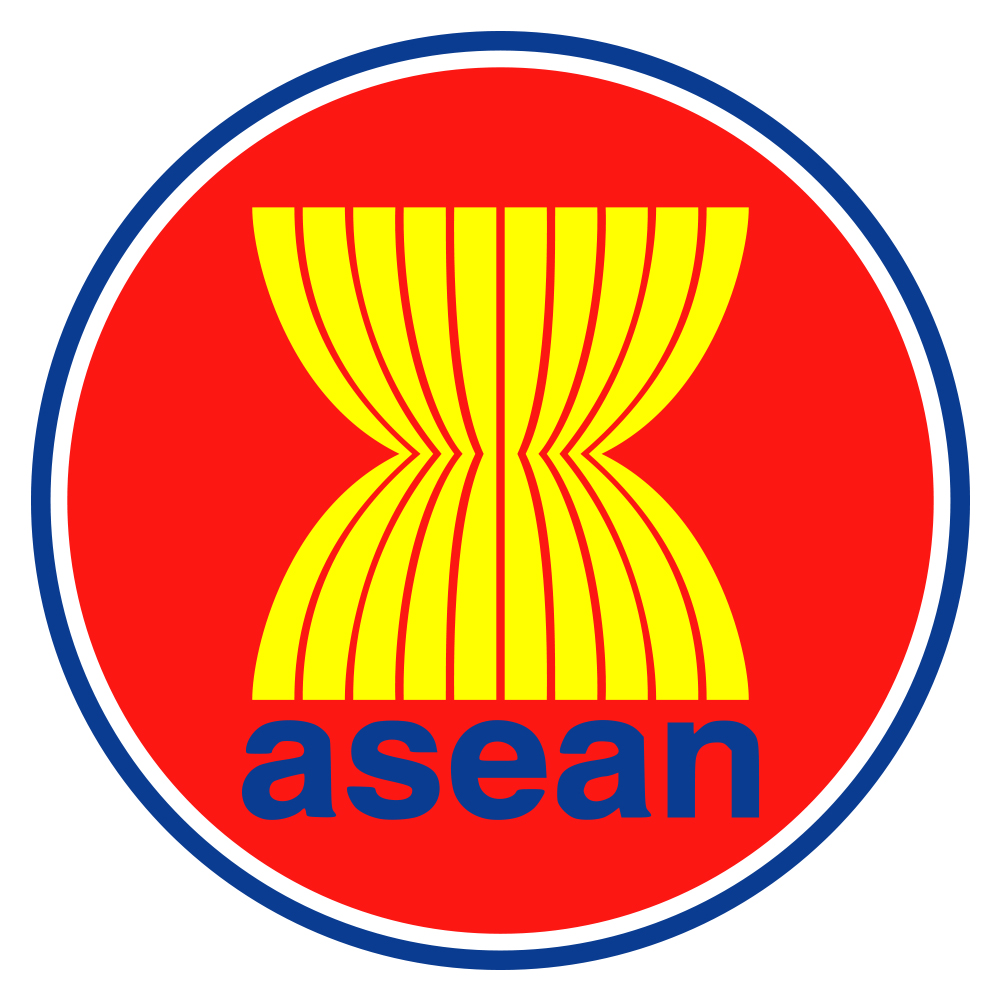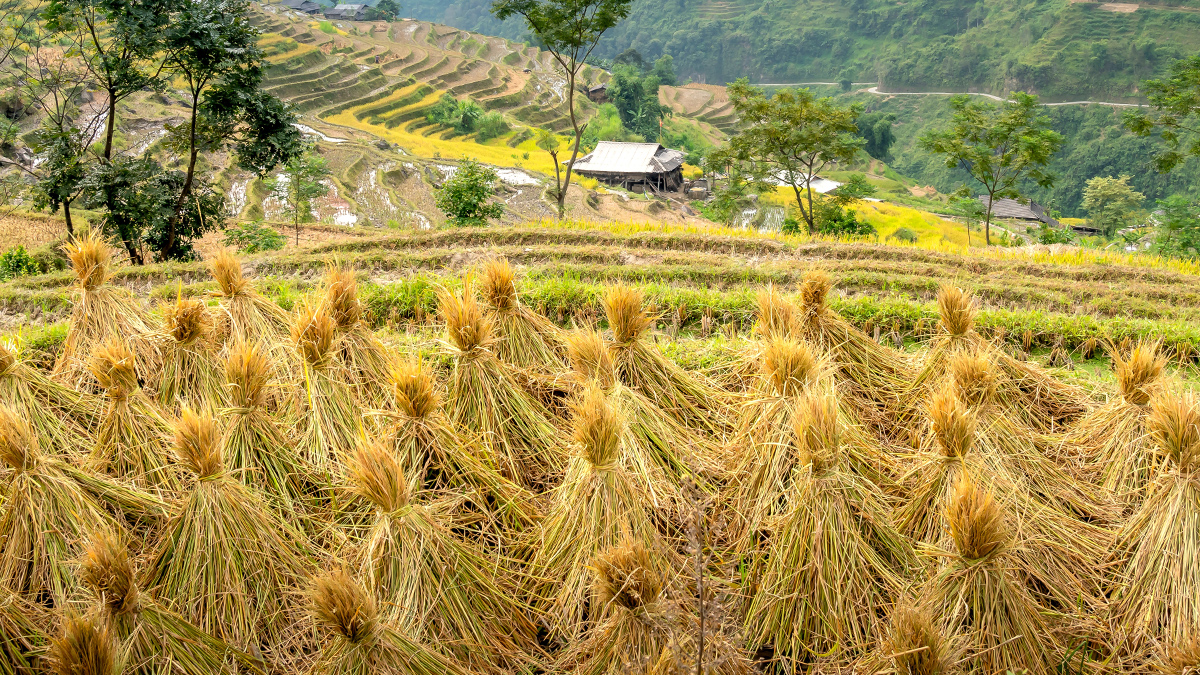Join us in our 65th Anniversary
GET INVOLVED

The ASSOCIATION OF SOUTHEAST ASIAN NATIONS, known as ASEAN was established on 8 August 1967 in Bangkok when the foreign ministers of Indonesia, Thailand, Singapore, Malaysia and the Philippines signed the document which would be known as the ASEAN Declaration.
ASEAN fosters economic, social, cultural, technical, educational and other fields of cooperation for the Southeast Asian region which promotes regional peace and stability through abiding respect for justice and the rule of law and adherence to the principles of the United Nations Charter.
The ASSOCIATION OF SOUTHEAST ASIAN NATIONS received the 1979 Ramon Magsaysay Award for “its supplanting national jealousies that led to confrontation, with increasingly effective cooperation, goodwill among the neighboring peoples of Southeast Asia.”
Here are 5 things you should know about ASEAN as they celebrate its 56th anniversary.
 |
Referred to as “Father of Development,” the second Prime Minister of Malaysia Tun ABDUL RAZAK BIN HUSSEIN became a prime example of how government officials can reshape their society through efficient and innovative planning. However, prior to becoming Malaysia’s Prime Minister, Tun ABDUL RAZAK handled various government positions such as the Mentri Besar (Chief Minister) of Pahang, Minister of Education, Deputy Prime Minister and Defence Minister of independent Malaya, and head of the Ministry of National and Rural Development. |
During the first eight years as Minister of National and Rural Development, Tun ABDUL RAZAK has helped 12,000 near-landless families in 60 successful settlement schemes and 13,200 new low-cost housing units were available in urban centers among the many projects that he handled. Often working 16 hours a day, he lived modestly, and expected and got dedicated service from his subordinates.
In 1967, Tun ABDUL RAZAK BIN HUSSEIN received the Ramon Magsaysay Award, Asia’s premier prize and highest honor, for his “administering with quiet, efficient and innovative urgency the reshaping of his society for the benefit of all.”
When ASEAN was founded in 1967, it had five member countries. After 32 years, ASEAN member countries have doubled to ten. Brunei Darussalam joined ASEAN in 1984, Vietnam in 1995, Myanmar and Lao PDR joined in 1997, and a few years later Cambodia joined ASEAN in 1999.
Representatives of these ten countries, headed by the Secretary-General and ASEAN Secretariat, work together to promote, collaborate, and accelerate the economic growth, social progress and cultural development in the region through joint endeavors, and promote regional peace and stability.
| The ASEAN Emblem is composed of four colors - blue, red, white and yellow - which represent the main colors of the state crests of all the ASEAN member states. The blue represents peace and stability; red depicts courage and dynamism; white shows purity; yellow symbolizes prosperity. |  |
 |
The stalks of padi (a Malayan/Indonesian word that comes from the English word ‘paddy’, which refers to ‘rice before threshing’) in the center of the Emblem represent the dream of ASEAN’s Founding Fathers for an ASEAN bound together in friendship and solidarity. The number of stalks of padi also represents the 10 ASEAN member states. The circle represents the unity of ASEAN. |
First held in 1976 in Bali, Indonesia, The ASEAN Summit is the highest policy-making body in ASEAN comprising the Heads of State or Government of ASEAN Member States. It is held twice a year and is hosted by the ASEAN Member State holding the ASEAN Chairmanship.
The first ASEAN Summit was held in Bali, Indonesia in 1976. With the COVID-19 pandemic, the 2021 and 2022 ASEAN Summits were held last October 26, 2021 under the Chairmanship of Brunei Darussalam.
There is an old adage that great ideas come from more than one mind; just like how the economy in Asia is projected as the fourth largest economy by 2050 if ASEAN member states would work hand-in-hand together as a single region. This calculated perspective could be far from impossible as ASEAN is considered home to the world's largest companies, making it the most competitive market globally.